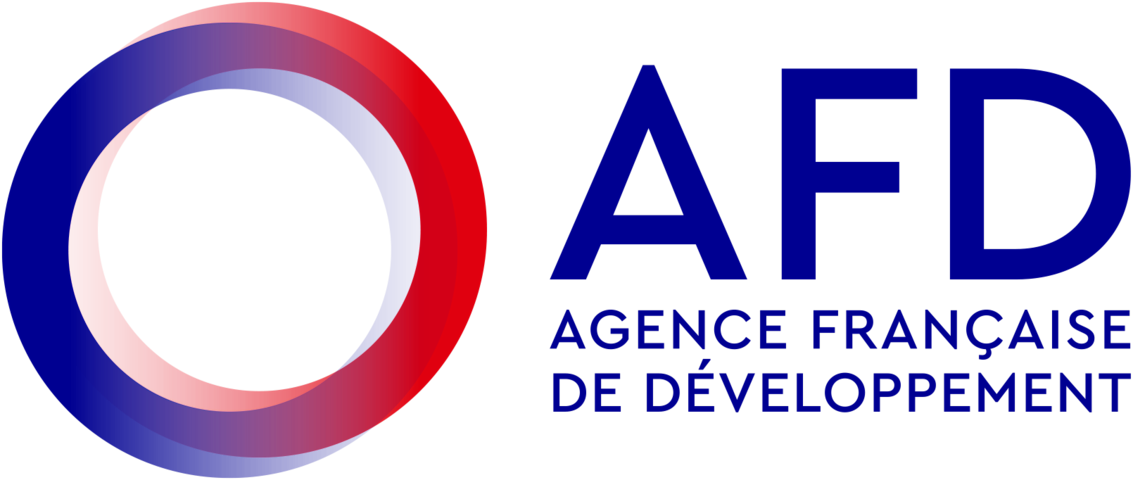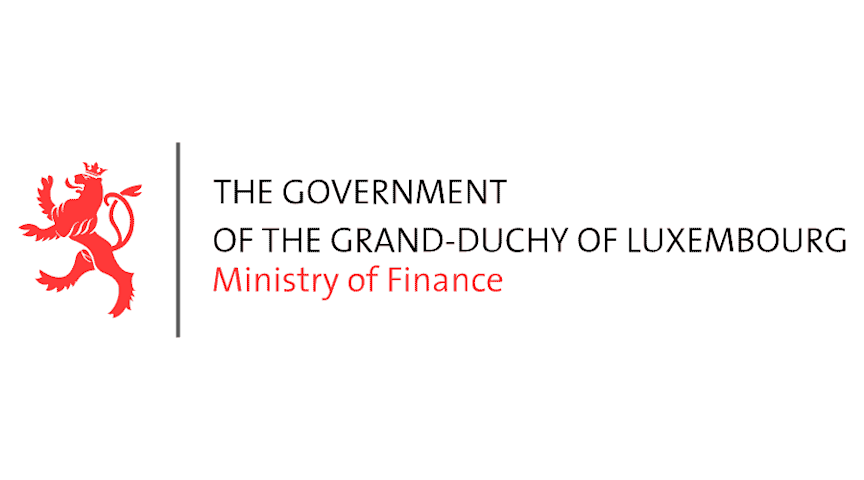The Scale Private Investment Mobilization Project was set up to define an Action Plan to help blended finance and private investment mobilization deliver on their potential. The aim is to scale up proven investment models that deliver impact and investment at scale. The Action Plan is a practical, comprehensive approach to achieve the private investment mobilization objectives and standards of the Financing for Development 4 Outcome Document.
The proposed Action Plan is grounded in Convergence’s empirical review of around 1,500 blended finance transactions and consultations with more than 100 stakeholders across developing countries, OECD Development Assistance Committee countries, multilateral development banks, development finance institutions, philanthropic foundations, and private investor groups.
A significant part of the Action Plan is the proposed package of 12 Private Investment Mobilization Models (PIMMs) identified by Convergence and others as the most effective and efficient way to standardize and scale SDG and climate investment in developing countries. Together, these 12 PIMMs provide a standardized and scalable roadmap for mobilizing private investment and identify how donors and developing country governments can best utilize their scarce financial resources to catalyze private capital.
Convergence will continue to lead an extensive consultation process through 2025, engaging with key global stakeholders to finalize the Action Plan and final package of PIMMs.


